Assisted reproduction
Since the first IVF baby was born in 1978, countless tests have been developed, both diagnostic and treatment. In this section you will find in detail the advances that have allowed the birth of millions of children in the world.

What role does the immune system play in fertility?
Un embarazo es una situación única desde el punto de vista inmunológico porque el cuerpo tiene que “tolerar lo ajeno”. La madre tiene que gestar al embrión y para ello su sistema inmune tiene que […]
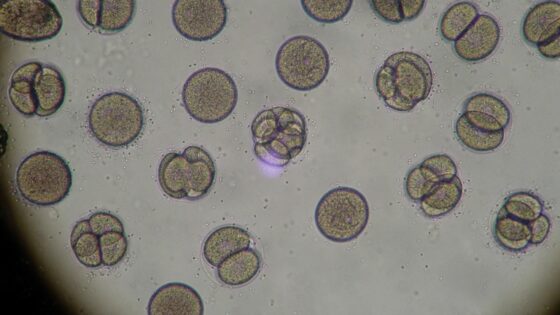
What happens to excess embryos following assisted reproduction treatment?
When in vitro fertilisation treatment commences, one of the aims is to try and achieve an appropriate number of good quality embryos in the laboratory so that the best ones can be selected and transferred. Whilst the Spanish law […]
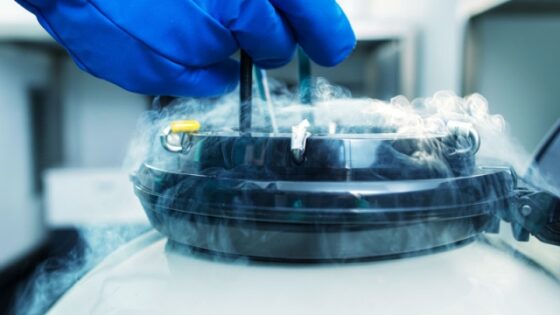
Can patients manage embryo and gamete transportation?
Whilst it is not part of the day-to-day routine at reproductive medicine clinics, it is now increasingly common to have to transport biological samples (oocytes, semen or embryos) from one clinic to another and even […]

Exhaustive sperm donor selection and exclusion criteria
Nowadays, many couples have to turn to gamete donation in order to make their dream of becoming parents come true. In cases such as these, the couple tends to have common and understandable doubts about […]

It is common knowledge that a seminogram is one of the basic tests that couples who are having issues getting pregnant. In other words, the male partner’s semen needs to be analysed in order to check […]
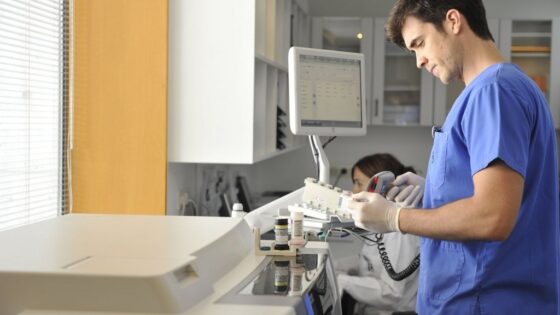
AIDS. Assisted reproduction is the best option
The risk of contracting HIV during unprotected sexual intercourse is estimated to be between 0.5 and 1%. For serodiscordant couples (one partner is a carrier), trying for a child naturally can entail an elevated risk […]
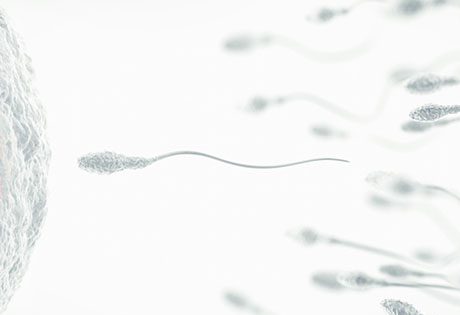
Embryonic development: the embryo on day 1 (D1)
When an oocyte is in an optimum state of maturation, ovulation takes place. This is known as day 0 of development (D0) and fertilisation by a competent spermatozoon must take place during this period. When the oocyte […]

The extent of the issue Obesity is a public health issue both in the general population and in women of childbearing age. The figures are a proof of this and, far from improving, the problem […]
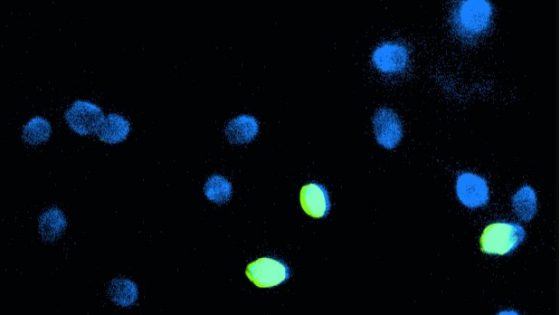
DNA fragmentation in sperm: TUNEL
When a couple fails to get pregnant or has an unsuccessful pregnancy, a number of tests performed on both partners is recommended. One of the basic tests in analysis of the male partner involves performing a seminogram […]

Infertility in men and cryptorchidism
Cryptorchidism, from the Greek words kriptos (hidden) and orquis (testicle), is the failure of one or both testes to descend to the scrotum. It is estimated that between 2 and 5% of newborn boys have […]
